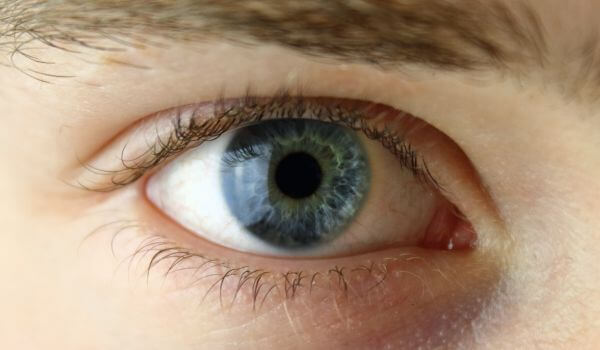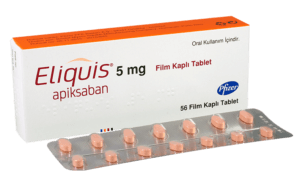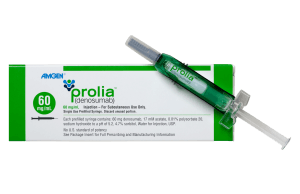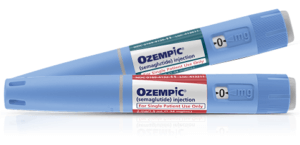Introduction to Huntington’s Disease
 Huntington’s disease is a progressive genetic condition that leads to the deterioration of nerve cells in the brain. This condition significantly impacts movement, cognition, and emotion, making it a difficult journey for those diagnosed and their families. Understanding Huntington’s disease is crucial to better support those affected and prepare for the challenges ahead.
Huntington’s disease is a progressive genetic condition that leads to the deterioration of nerve cells in the brain. This condition significantly impacts movement, cognition, and emotion, making it a difficult journey for those diagnosed and their families. Understanding Huntington’s disease is crucial to better support those affected and prepare for the challenges ahead.
In this blog, we will explore what Huntington’s disease is, its symptoms, causes, and the available options for diagnosis and support. We will also share stories from those affected to provide a personal perspective on living with the condition.
What is Huntington’s Disease?
Huntington’s disease is a hereditary disorder that causes the progressive breakdown of brain cells, leading to involuntary movements, cognitive decline, and emotional disturbances. This condition is typically passed down from parent to child, giving each child of an affected parent a 50% chance of inheriting the faulty gene.
The disease affects the basal ganglia of the brain, an area responsible for coordinating movement, and its impact eventually spreads to other parts of the brain, leading to extensive damage. As a result, people with Huntington’s disease experience uncontrollable movements, trouble walking, and a range of psychological symptoms.
Glossary
- Basal Ganglia: A group of structures in the brain responsible for coordinating movement.
- Chorea: Involuntary, irregular movements that can affect different parts of the body.
- Preimplantation Genetic Diagnosis (PGD): A procedure used during in vitro fertilization to screen embryos for genetic defects before implantation.
- Genetic Counseling: A service that helps individuals understand their risk of inherited conditions and make informed decisions about genetic testing.
Sarah’s Story
Sarah first noticed something was wrong when her father began having trouble with simple tasks, like tying his shoes or remembering how to get to his favorite café. Eventually, her father was diagnosed with Huntington’s disease. For Sarah, the hardest part was seeing her father lose his independence. She chose to get genetic testing herself. Her results were positive for the Huntington gene. Along with her initial shock, Sarah sought out emotional and physical support and now feels a sense of empowerment by understanding the disease and planning for her future.
Symptoms of Huntington’s Disease

- Uncontrollable movements, also known as chorea, are perhaps the most well-known symptom. Patients may experience involuntary jerking or writhing motions.
- Cognitive decline, resulting in memory problems, difficulty in planning or organizing, and confusion, are common as the brain cells responsible for these functions are affected.
- Emotional symptoms such as irritability, depression, and even psychiatric issues can occur. This aspect of the disease is often particularly challenging for families.
- Physical symptoms like trouble walking, difficulty swallowing, and a lack of coordination develop as the disease progresses.
The condition is typically broken into three stages: early stage, where symptoms may be mild; middle stage, where the symptoms become more pronounced; and late stage, where full-time care may be required.
Causes and Genetic Testing

Because this is a genetic condition, having a family history of Huntington’s disease significantly increases the likelihood of inheriting it. People with an affected parent have a 50% chance of getting the defective gene. It’s important to clarify that this does not mean that someone who inherited the gene has a 50% chance of developing the condition. Anyone with this gene will inevitably develop Huntington’s. The only element of chance is whether or not you get the gene from a parent. Genetic testing can determine if someone carries the defective gene, which can be helpful for family planning.
Some individuals choose to undergo preimplantation genetic diagnosis (PGD) when having children to avoid passing on the gene. This technique involves screening embryos for the genetic mutation, allowing for the selection of embryos without the defect.
Living with Huntington’s Disease
There is currently no cure for Huntington’s disease, and the condition inevitably progresses over time. However, some treatments can help manage symptoms and improve quality of life.
- Medications can help control involuntary movements, manage psychiatric symptoms, and alleviate depression. Examples include Austedo (deutetrabenazine ) and tetrabenazine for chorea and antidepressants for mood symptoms.
- Therapies such as physical, occupational, and speech therapy can all be beneficial for maintaining function and helping with coordination, swallowing, and communication issues.
- Support networks like the Huntington Disease Society of America (HDSA) and other global organizations provide information, support groups, and advocacy for people with Huntington’s disease and their families. Connecting with these groups can offer emotional support and practical advice from people who understand the challenges firsthand.
Stages and Prognosis
Huntington’s disease follows a predictable course, typically starting with subtle mood, coordination, and memory changes. During the early stage, a person might only notice minor symptoms that don’t significantly affect daily activities. As the condition progresses to the middle stage, symptoms like involuntary movements, difficulty speaking, and trouble walking become more pronounced.
In the late stage, people often require full-time care due to severe motor symptoms, cognitive decline, and emotional instability. On average, people with Huntington’s disease live for about 15 to 20 years after diagnosis, although this can vary depending on the individual and the severity of their symptoms. It is also possible for some to live longer with proper care and support.
Juvenile Huntington’s Disease
Juvenile Huntington’s disease is a less common form of the condition, affecting people under the age of 20. Symptoms in juvenile cases can include stiffness, clumsiness, and a more rapid decline compared to adult-onset Huntington’s. The challenges faced by children and young adults with Huntington’s are profound, and early intervention is vital.
Hope for the Future
Research into Huntington’s disease is ongoing, and there is hope that one day, we may discover more effective treatments or even a cure. Current studies are focusing on the development of drugs that can slow down the progression of damage in the brain caused by defective protein.
Gene therapy, a rapidly advancing field, also holds potential. Scientists are investigating ways to silence or replace the defective gene responsible for Huntington’s disease, which could prevent nerve cell damage from occurring in the first place.
Family Planning Considerations

Mark’s journey
Mark, who was diagnosed with Huntington’s disease at 38, shares how genetic counseling played a crucial role in his family planning decisions. He and his wife chose PGD to ensure their children would not inherit the gene. “It’s a hard decision, but it gave us hope for the future,” Mark explains. He emphasizes the importance of having a support system and making informed choices.
Supporting People with Huntington’s Disease
The progression of Huntington’s disease means that those affected will eventually require substantial support, both emotionally and physically. Caring for someone with Huntington’s can be challenging, but connecting with support organizations, social workers, and medical professionals can make a huge difference. Many caregivers find solace in support groups where they can share experiences and advice with those facing similar challenges.
Support is also available for people living with Huntington’s. Simple routines, adaptive mobility tools, and modifications to their living environment can help make daily life more manageable. Emotional support is just as important—keeping an open line of communication and finding joy in small moments can improve the quality of life.
Conclusion
Huntington’s disease is a challenging condition that profoundly impacts patients and their families. While there is currently no cure, there are ways to manage symptoms, plan for the future, and find support. If you or a loved one are affected, consider connecting with resources like the Huntington Disease Society of America or local support groups. Genetic counseling is also a valuable tool for understanding risks and planning family life.
While Huntington’s disease presents many obstacles, ongoing research and the dedication of healthcare professionals and support organizations continue to bring hope to those living with this condition. Together, we can spread awareness, support those in need, and look toward a brighter future for individuals and families affected by Huntington’s disease.
If you or someone you love is facing Huntington’s disease, reach out for support. Consult a healthcare provider, connect with a local support group, and don’t be afraid to ask questions about treatment options and research trials. Awareness, education, and community are key components in navigating this journey.
















